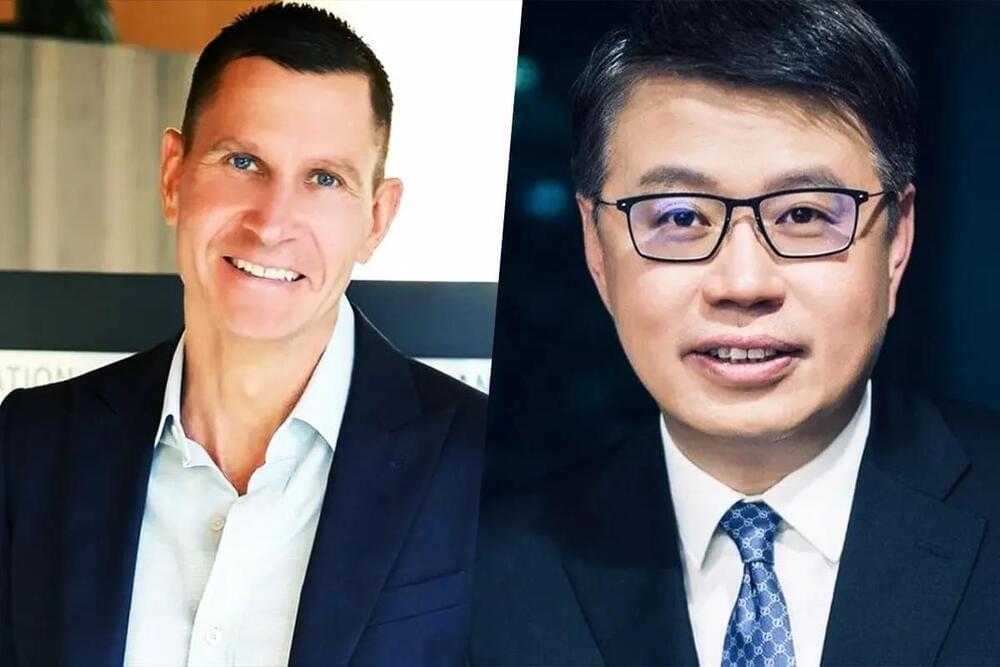Leading bipartisan moonshots for health, national security & functional government — senator joe lieberman, bipartisan commission on biodefense, no labels, and the centre for responsible leadership.
Senator Joe Lieberman, is senior counsel at the law firm of Kasowitz Benson Torres (https://www.kasowitz.com/people/joseph-i-lieberman) where he currently advises clients on a wide range of issues, including homeland and national security, defense, health, energy, environmental policy, intellectual property matters, as well as international expansion initiatives and business plans.
Prior to joining Kasowitz, Senator Lieberman, the Democratic Vice-Presidential nominee in 2000, served 24 years in the United States Senate where he helped shape legislation in virtually every major area of public policy, including national and homeland security, foreign policy, fiscal policy, environmental protection, human rights, health care, trade, energy, cyber security and taxes, as well as serving in many leadership roles including as chairman of the Committee on Homeland Security and Government Affairs.
Prior to being elected to the Senate, Senator Lieberman served as the Attorney General of the State of Connecticut for six years. He also served 10 years in the Connecticut State Senate, including three terms as majority leader.
In addition to practicing law, Senator Lieberman is honorary national founding chair of No Labels (https://www.nolabels.org/), an American political organization composed of Republicans, Democrats and Independents whose mission is to “usher in a new era of focused problem solving in American politics.”





